Copy the triangle in each of the following figures on squared paper. In each case, draw the line(s) of symmetry, if any and identify the type of triangle. (Some of you may like to trace the figures and try paper-folding first!)
To solve the problem of identifying the type of triangles and their lines of symmetry, we will follow these steps for each triangle:
Step 1: Identify the Triangle Type
1. Triangle A: Check the lengths of the sides.
- If two sides are equal and one is different, it is an Isosceles Triangle.
2. Triangle B: Check the lengths of the sides.
- If all three sides are equal, it is an Equilateral Triangle.
3. Triangle C: Check the angles and lengths.
- If it has one right angle and two sides are equal, it is a Right Isosceles Triangle.
4. Triangle D: Check the lengths of the sides.
- If all sides are of different lengths, it is a Scalene Triangle.
Step 2: Draw the Lines of Symmetry
1. Triangle A (Isosceles):
- Draw a vertical line from the vertex opposite the base to the midpoint of the base. This line divides the triangle into two equal halves.
- Line of Symmetry: 1 line.
2. Triangle B (Equilateral):
- Draw three lines from each vertex to the midpoint of the opposite side. Each line will divide the triangle into two equal halves.
- Lines of Symmetry: 3 lines.
3. Triangle C (Right Isosceles):
- Draw a line from the right angle vertex to the midpoint of the hypotenuse. This line divides the triangle into two equal halves.
- Line of Symmetry: 1 line.
4. Triangle D (Scalene):
- Check for any possible line of symmetry. Since all sides are different, no line can divide it into two equal halves.
- Line of Symmetry: 0 lines.
Summary of Results
- Triangle A: Isosceles Triangle, 1 line of symmetry.
- Triangle B: Equilateral Triangle, 3 lines of symmetry.
- Triangle C: Right Isosceles Triangle, 1 line of symmetry.
- Triangle D: Scalene Triangle, 0 lines of symmetry.
1. Triangle A: Check the lengths of the sides.
- If two sides are equal and one is different, it is an Isosceles Triangle.
2. Triangle B: Check the lengths of the sides.
- If all three sides are equal, it is an Equilateral Triangle.
- If it has one right angle and two sides are equal, it is a Right Isosceles Triangle.
- If all sides are of different lengths, it is a Scalene Triangle.
1. Triangle A (Isosceles):
- Draw a vertical line from the vertex opposite the base to the midpoint of the base. This line divides the triangle into two equal halves.
- Line of Symmetry: 1 line.
- Draw three lines from each vertex to the midpoint of the opposite side. Each line will divide the triangle into two equal halves.
- Lines of Symmetry: 3 lines.
- Draw a line from the right angle vertex to the midpoint of the hypotenuse. This line divides the triangle into two equal halves.
- Line of Symmetry: 1 line.
- Check for any possible line of symmetry. Since all sides are different, no line can divide it into two equal halves.
- Line of Symmetry: 0 lines.
- Triangle A: Isosceles Triangle, 1 line of symmetry.
- Triangle B: Equilateral Triangle, 3 lines of symmetry.
- Triangle C: Right Isosceles Triangle, 1 line of symmetry.
- Triangle D: Scalene Triangle, 0 lines of symmetry.
Similar Questions
Trace each figure and draw the lines of symmetry, if any:
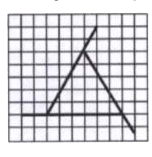
View SolutionTrace each figure and draw the lines of symmetry, if any:
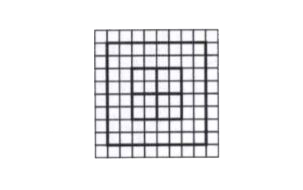
View SolutionTrace each figure and draw the lines of symmetry, if any:
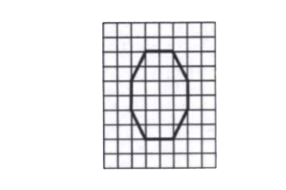
View SolutionTrace each figure and draw the lines of symmetry, if any:
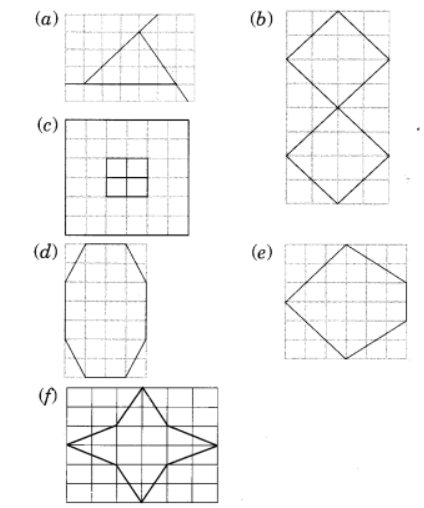
View SolutionTrace each of the given figure and draw the lines of symmetry, if any.
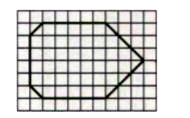
View SolutionTrace each of the given figure and draw the lines of symmetry, if any.

View SolutionTrace each of the given figure and draw the lines of symmetry, if any.
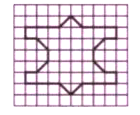
View SolutionCheck whether the following figures are symmetric or not. If yes, draw the line of symmetry in each of the following.

View SolutionCheck whether the following figures are symmetric or not. If yes, draw the line of symmetry in each of the following.

View SolutionCheck whether the following figures are symmetric or not. If yes, draw the line of symmetry in each of the following.

View Solution
